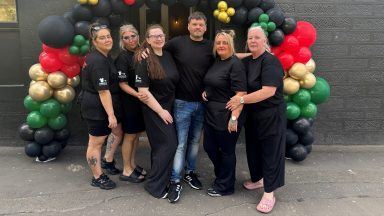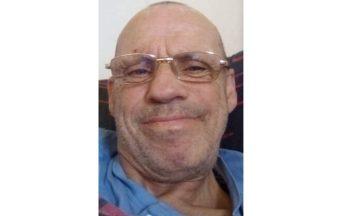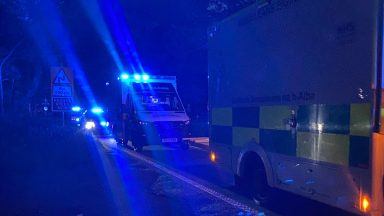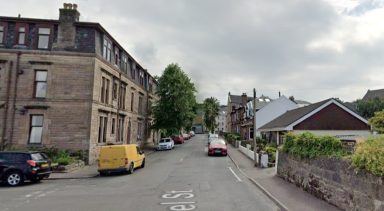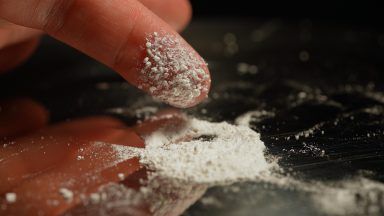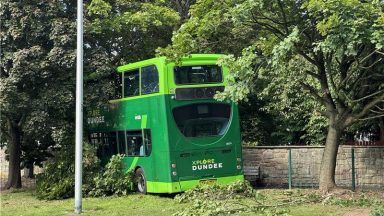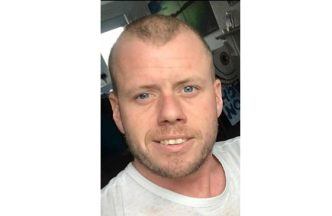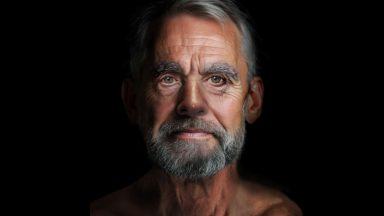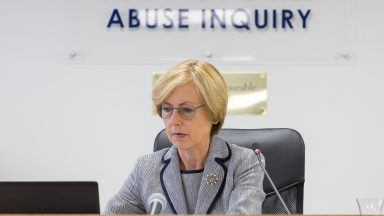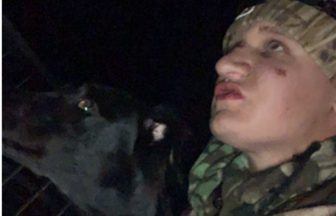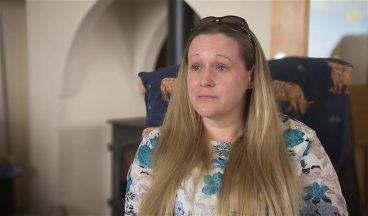Two female Edinburgh-based scientists are carrying out astronomically important work with NASA as they help protect Earth from asteroids and search for other habitable planets.
Doctor Cyrielle Opitom is a Chancellor’s Fellow at the University of Edinburgh where she works on a planetary defence system with NASA.
She is part of the DART programme (Double Asteroid Redirection Test) which deliberately collided a spacecraft with a moon called Dimorphis to push it off its rotation last September.
“NASA wanted a change of at least 73 seconds of that orbit and we actually had a change of 33 minutes so it was very, very successful,” she told STV News.
Doctor Opitom is analysing the dust that has been created by the collision to understand the make up of asteroids.

Dr Opitom added: “We can really understand what the surface of the asteroid is made of for example, and better understand asteroids in general.
“Which is a step toward better understanding of our own solar system and how it formed and evolved.”
The practical application of her work is so NASA is better prepared to deal with an asteroid should it pose a threat to Earth, much like the disaster movies Armageddon and Deep Impact.
She is carrying out the work at the Institute for Astronomy at the University of Edinburgh at the Royal Observatory site in the capital.
On the same site, Professor Beth Biller is working with the School of Physics and Astronomy and is using the James Webb Space Telescope (JWST) to explore planets outside our solar system, known as exoplanets.
She beat off competition from other scientists across the globe to use the telescope, which is the successor to Hubble.
She is examining the characteristics of exoplanets, a fascination she’s had since childhood – and she’s confident the technology will help discover habitable planets.
“I think it will happen in 20 to 30 years,” she said. “My best guess is that it will take the next round of space missions like the successor to JWST to really do that robustly.
“Understanding if any of them are habitable, maybe looking for signs of life, that’s a very challenging thing to do and just understanding how common are planets like our own. What do solar systems look like in general?”
Follow STV News on WhatsApp
Scan the QR code on your mobile device for all the latest news from around the country


